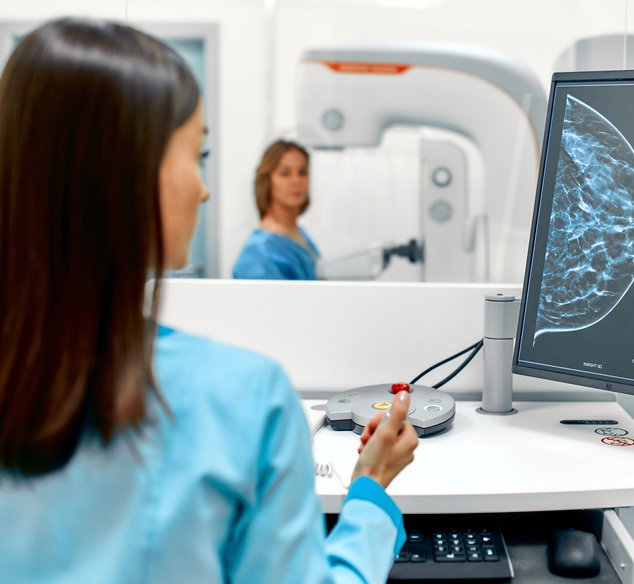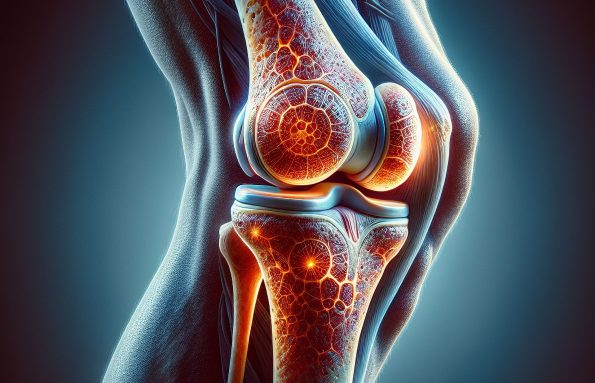As medical innovations revolutionize the way we approach breast cancer treatment, several diagnostic and treatment procedures have emerged as a way to effectively combat the disease while improving the accuracy of early detection.
Advances in diagnosis and early detection
Early detection has always been pivotal in the treatment of
breast cancer and dramatically improves the chances of successful outcomes. A mammogram is recommended every two years for women over the age of 40, but 50% of women in the UAE do not undergo screening due to discomfort, lack of symptoms or no family history. However, it’s important not to wait and get screened as only 10% of cases are related to family history and most breast cancers have no symptoms until the later stages.
In addition, Artificial Intelligence (AI) in anatomical pathology has allowed for increased accuracy at a faster rate in detecting breast cancer, allowing for earlier intervention. The algorithms in AI diagnostics analyze tissue samples and can identify abnormalities with a high level of precision, improving outcomes for patients.
“The integration of AI in anatomical pathology into breast cancer diagnosis has the potential to unlock new insights and patterns in tissue morphology, enabling early detection of aggressive cancer subtypes and personalized treatment approaches.”
Dr. Rawai Mubarak, Consultant, Anatomical Pathology
Identifying risk through genetic testing
There are two genes that can determine a person’s risk for breast cancer – BRCA 1 and BRCA 2. Women who have inherited mutations in these genes are at an increased risk of breast cancer, and genetic testing can identify this risk early. With a blood test, a patient’s breast cancer risk can be determined, so that strategies can be developed to prevent or treat breast cancer in the future.
Enhanced surgical options
Breast removal, also known as a mastectomy, continues to be one of the most common concerns when undergoing breast cancer treatment. While this procedure remains appropriate in some circumstances, a lumpectomy is available for patients whose cancer is at an early stage and has not spread beyond the breast. It offers the following benefits:
- The whole breast is not removed, only the tumor and surrounding tissue.
- Shorter recovery time after surgery.
- Lower risk of postoperative swelling (lymphedema).
Noninvasive interventions
Options such as radiation therapy play an important role in restoring health. This form of treatment reduces radiation exposure to healthy tissues, making it noninvasive and less likely to lead to side effects. Radiation therapy is particularly effective for treating early-stage breast cancers, as it eliminates all cancerous cells that may cause the disease to return.
As advancements in breast cancer diagnosis treatment continue to emerge, patients are given greater hope and better chances at recovery. Your health deserves to be your top priority, so don’t hesitate to undergo your recommended breast cancer screening.






